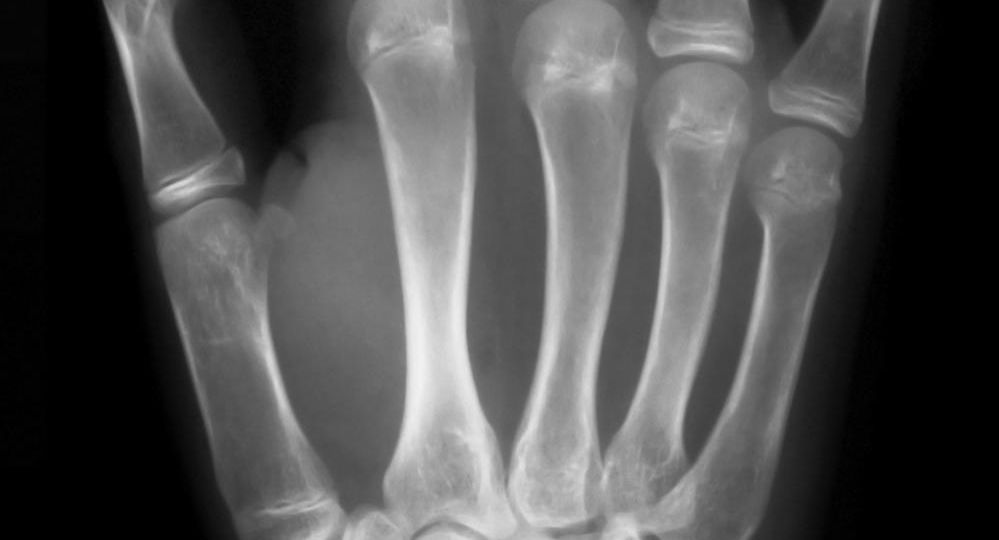
Every system has its weak point and, in the human hand, that weak point is your flexor tendons. Responsible for the extension and contraction of your fingers, these tendons are the central point for all of the important movements your fingers make. Think of them as a series of ropes and pullies, coiling your fingers and releasing them, as needed.
These cord structures are important, and when they become injured the result can be a serious hampering of the mobility in your hand. In a worst case scenario, it could mean a complete inability to use the hand in question. Each finger functions by way of two flexor tendons, bending the middle and fingertip joints. The thumb is special, featuring one flexor tendon to bend the tip.
But how bad of injuries should you be worried when it comes to your flexor tendons? Join us today, as we break down a few of the most common causes of flexor tendon injuries, and symptoms of injury for you to watch out for.
Flexor Tendon Problems: A Breakdown
Flexor tendon injuries affect the area of the hands and fingers containing the tendons necessary for finger movement. The most common cause of one of these injuries is a deep cut in or around the palm or fingers.
If we consider this movement like masts going up and down on a ship, the contraction and release of these tendons is crucial. When we cut a tendon, say in an accident, the tendon snaps back like a rubber band, with the ends pulling away from each other. That connection to your finger muscles is lost, and it becomes instantly impossible to bend the finger in question.
Obviously, in the case of a partial cut, a finger may still bend a little, but it is sure to be a painful and difficult movement.
Another common type of injury involves the flexor tendon either tearing or pulling away from the bone. Typically found in sports, where players may mistakenly grab other players’ jerseys during a game, the result is the flexor tendon in the finger tearing. Hence the term, a “jersey finger”.
Finally, it’s not uncommon for people with advanced rheumatoid arthritis to experience spontaneous flexor tendon ruptures.
Signs of Possible Injury
- Inability to bend the finger, or limited range of motion
- Bending the digit resulting in pain
- Minor swelling in an injured area
- Tenderness along the underside of the finger
- Open wounds, cuts, or deep abrasions on the hand or finger, palm-side
We Make Flexor Tendon Problems Our Business
When it comes to flexor tendon problems, you want to make sure you address the problem as soon as possible. Moreover, it’s important to get a high-quality implant in place to help aid recovery, lest your injury turn into something much more serious in time.
Discover Toby Orthopaedics today, and find out more about our excellent product line today. Because it never pays to settle for second best when it comes to your mobility.

